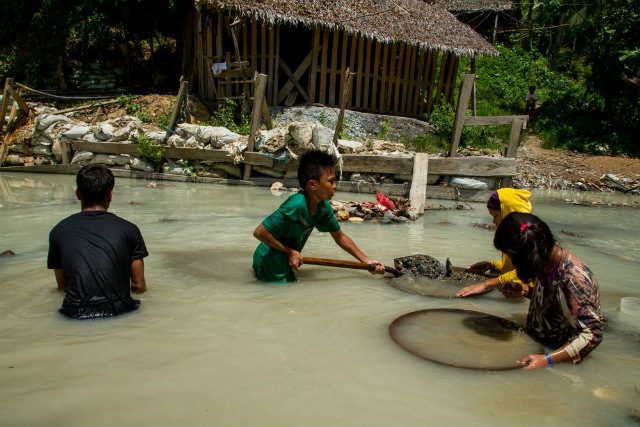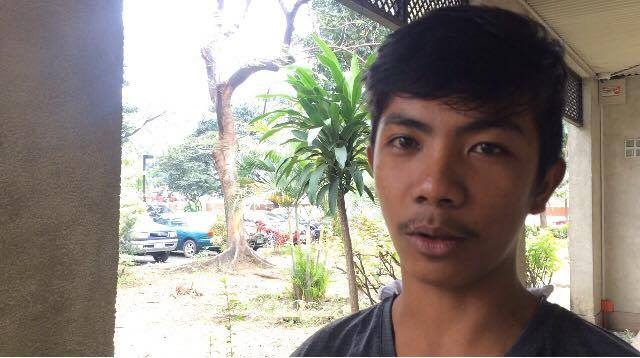SUMMARY
This is AI generated summarization, which may have errors. For context, always refer to the full article.

MANILA, Philippines – Archie Rapacon, now 16, started mining at age 11.
Although his parents – miners themselves – did not force him to continue mining work, he said that he preferred this because he is earning P180 to 200 a day. His family needs the income as well since his father has an undiagnosed ailment.
“Nagkakapera ako, di ko naiisip ang pag-aaral ko. Naiisip ko na lang ‘iyong pagmimina,” he said. (I was earning money so I didn’t think about my studies. All I thought about was mining.)
But after witnessing workers die of electrocution and got buried with rocks due to mining, he finally realized it is time to stop and just focus on his studies.
“Ngayon nag-mature na isip ko, naisip ko na ang pag-aaral mahalaga, ang [pag-mimina] andyan lang po, ang pag-aaral mawawala rin po,” he said.
(Now that I have matured, I realized that education is important. Mining will just be there but the opportunity to study will be gone.)
Today, Archie still works while studying but has left mining completely.

‘Caring Gold’ project
Archie was just one of the thousands of children involved in gold mining, forced to work to augment their family’s income.
Based on the Department of Social Welfare and Development’s (DSWD) Listahanan database, the agriculture sector has the highest number of child laborers at 85,570. The number of children working in construction, manufacturing, deep-sea fishing, domestic work, and mining follows this.
Of these, mining is the worst form of child labor because of the kids’ exposure to harmful chemicals (mercury, cyanide) and harsh conditions of digging deep tunnels.
Department of Labor and Employment (DOLE) Undersecretary Joel Maglungsod, who handles programs on curbing child labor, said that there are 350,000 workers in small-scale gold mining and 18,000 of them are women and children.
Child labor in artisanal and small-scale gold mining (ASGM) is rampant because of the lack of government regulation since operation is done informally.
That is why the International Labor Organization (ILO), in partnership with environment group Ban Toxics and DOLE, have launched the Caring Gold project. Among its objectives is to formalize the sector so that government intervention will be in place.
“Formalization will provide access to [government services]. You can have access to financial services and government programs,” said Richard Gutierrez, Executive Director of Ban Toxics.
They will support the sector in establishing legalized and organized form of mining, which will be called “Minahang Bayan” (People’s Small Scale Mines) that will comply with government standards.
This increased capitalization, Gutierrez pointed out, will protect the miners from abusive gold buyers and illegal mercury traders.
Other objectives
Aside from organizing small mining communities, the project also aims to address the root cause of child labor, which is poverty, by:
- providing ASGM families access to social protection and livelihood programs
- strengthening regulatory bodies implementing laws addressing child labor and improper working conditions
- convening stakeholders to increase transparency and monitoring of child labor in ASGM operations
- setting up a global network of stakeholders to address the labor issues in ASGM
The project, granted by the US Department of Labor, will run from December 2015 to April 2019. – Rappler.com
Add a comment
How does this make you feel?
There are no comments yet. Add your comment to start the conversation.